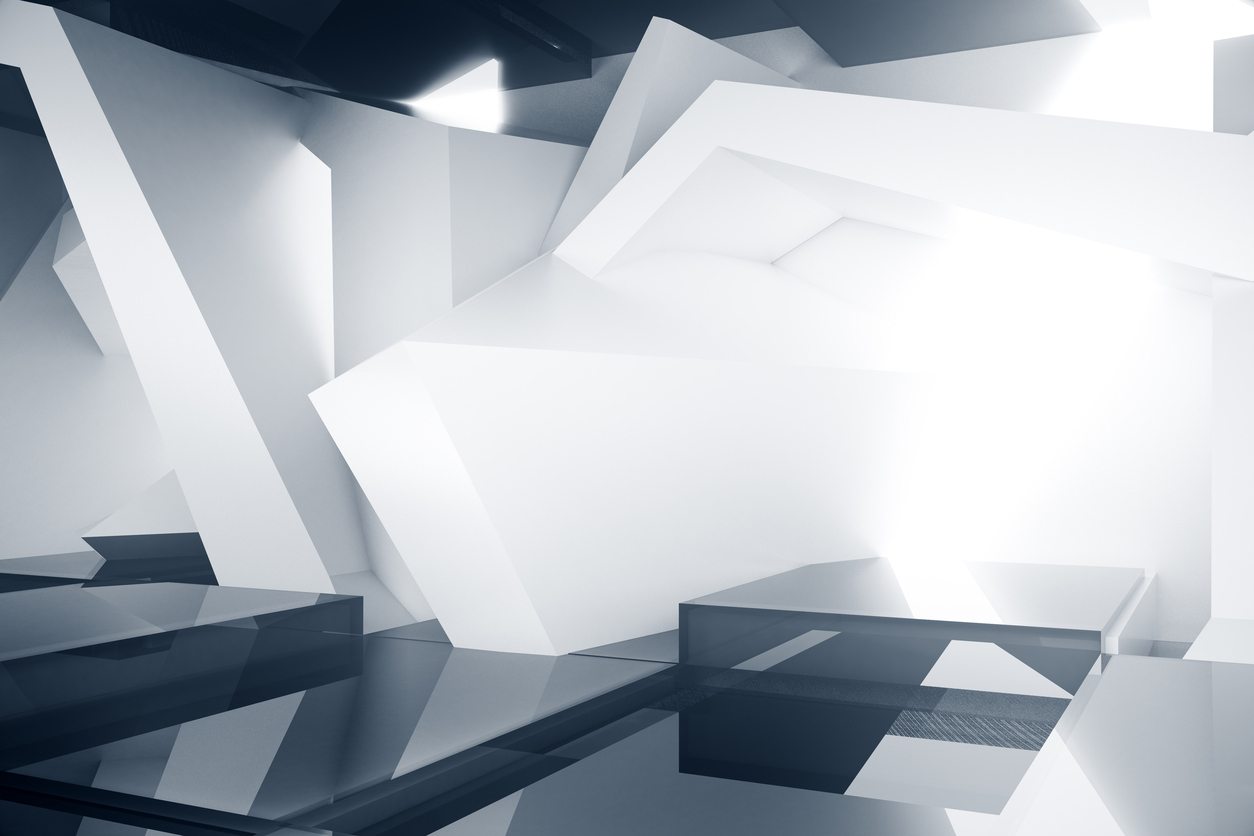
Asymmetrical Layouts: A Revolutionary Design TrendAsymmetrical Layouts: A Revolutionary Design Trend In the world of design, symmetry has long been a cornerstone principle. However, recent years have witnessed a paradigm shift towards asymmetrical layouts, challenging traditional aesthetics and embracing a more dynamic and visually striking approach. Breaking the Symmetrical Mold Symmetrical layouts have been prevalent in architecture, art, and design for centuries, creating a sense of order, balance, and formality. However, asymmetrical layouts break away from this norm, embracing irregularity and uneven weight distribution. By offsetting elements, creating focal points, and playing with positive and negative space, designers can achieve captivating and visually stimulating compositions. Benefits of Asymmetry Asymmetrical layouts offer several distinct advantages over symmetrical ones: * Creates Visual Interest: Irregular arrangements immediately draw the eye and create a sense of movement and vibrancy that symmetrical layouts often lack. * Enhances Focal Points: By placing elements off-center, designers can emphasize specific areas of the layout and guide the viewer’s attention. * Improves Readability: Asymmetrical text and images can break up monotony and enhance readability, especially in digital environments where attention spans are shorter. * Conveys Emotion: Asymmetrical layouts can evoke a range of emotions, from dynamism and energy to intrigue and playfulness. Applications in Various Design Disciplines The rise of asymmetrical layouts has influenced a wide array of design disciplines: * Website Design: Asymmetry is commonly used to create visually appealing and engaging websites that stand out from the crowd. * Graphic Design: Print and digital publications embrace asymmetrical layouts to create compelling posters, brochures, and magazine covers. * Interior Design: Asymmetrical furniture arrangements and wall décor create dynamic and inviting living spaces that defy conventional norms. * Fashion Design: Designers experiment with asymmetrical silhouettes, detailing, and prints to create bold and unconventional garments. How to Embrace Asymmetry Incorporating asymmetry into your designs requires careful planning and attention to detail: * Start with a Strong Focal Point: Determine the primary element you want to highlight and position it off-center to draw attention. * Balance Uneven Elements: Ensure that the overall layout appears balanced, despite the asymmetrical arrangement. Distribute elements strategically to achieve visual weight. * Use Negative Space Wisely: Negative space (empty areas) can enhance asymmetry and create depth. Use it to break up elements and create breathing room. * Experiment with Typography and Color: Asymmetry can be further amplified by using unconventional typefaces and contrasting colors to create visual excitement. Conclusion The rise of asymmetrical layouts represents a transformative shift in design aesthetics. By embracing irregularity, designers create dynamic, visually striking, and emotionally evocative compositions that challenge traditional norms and captivate viewers. As technology advances and attention spans shorten, asymmetrical layouts will continue to play a prominent role in the world of design, shaping the future of visual communication and artistic expression.
Posted inNews